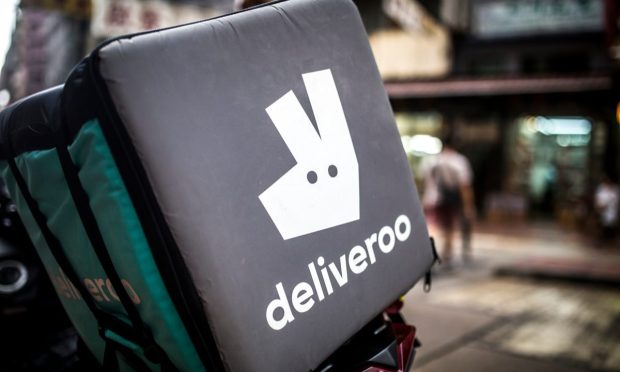Deliveroo Uses Grocery, Ghost Kitchens to Make Its Labor Model Work

As Deliveroo and its competitors race to win the spending of on-demand food delivery customers worldwide, the London, U.K.-based company is leveraging grocery delivery to reach the scale needed to make the economics of the model make sense.
Despite grocery delivery being less profitable in its own right, adding the service on top of the existing restaurant offerings allows the company to better use its workforce.
“We wanted to give a sense of the relative unit economics on grocery versus restaurant — not quite as good as restaurant economics,” Deliveroo Chief Financial Officer Adam Miller told analysts on an earnings call Thursday (Jan. 20) discussing the company’s fourth-quarter 2021 results, noting “differences” in the commission and higher consumer fees.
“Grocery’s nearly 100% incremental to our restaurant business, so customers that are ordering groceries — they’re doing that on top of their existing restaurant volume, and it also has benefits on the overall density of the network and smoothing out the work for riders across the day,” he said.
In fact, securing a U.K. grocery shopper’s loyalty goes a long way — longer than it would in the United States.
“In the U.S., consumers will shop from different brands within a particular month, so they’re not loyal to any one store, [while in] the U.K., we see much greater loyalty to a particular grocer,” Madeline Aufseeser, omnichannel grocery and drugstores leader at ACI Worldwide, told PYMNTS in an interview.
Read more: Digital Consumers Demand UK Grocers Improve Online, In-Store Shopping Experiences
Additionally, the U.K. online grocery market is significantly larger than it is in the U.S., according to data from PYMNTS’ study, “What U.K. Consumers Expect From Their Grocery Shopping Experiences,” created in collaboration with ACI Worldwide. The November report, which surveyed more than 2,500 U.K. adults about their grocery shopping habits, found that more than twice as many Brits typically buy groceries online as Americans — 32% versus 15%, respectively — and the share of consumers buying groceries online to have the products delivered to their homes is about six times as large across the pond.
Get the study: What U.K. Consumers Expect From Their Grocery Shopping Experiences
The company is also pushing ahead with its ghost kitchens, which it calls “Editions,” much to the chagrin of some of the restaurants on its marketplace, making these virtual locations central to its international expansion efforts in France and Hong Kong. In the quarter, the company opened about 20 such kitchens in those areas in addition to around 30 in the U.K.
Read more: Deliveroo’s Restaurant Efforts Could Spell Trouble for Merchants on the Platform
“We’re really excited about our addition proposition and plan to accelerate our rollout throughout 2022,” said Miller.
These Editions make sense for Deliveroo, since the company can retain a greater share of each sale and can boost these locations in its marketplace to encourage consumers to order from them rather than external brands, but other restaurants are already growing frustrated with the loss of business. As the company pushes ahead with its ghost kitchen strategy, it could threaten merchant relationships, spelling trouble for Deliveroo.
